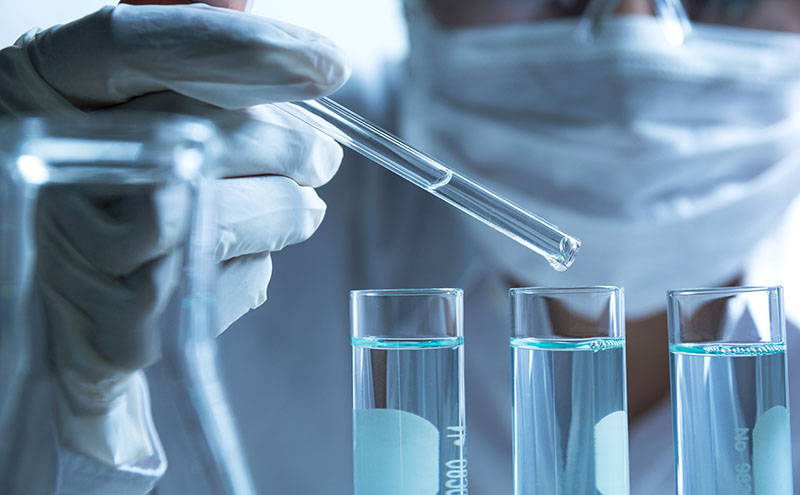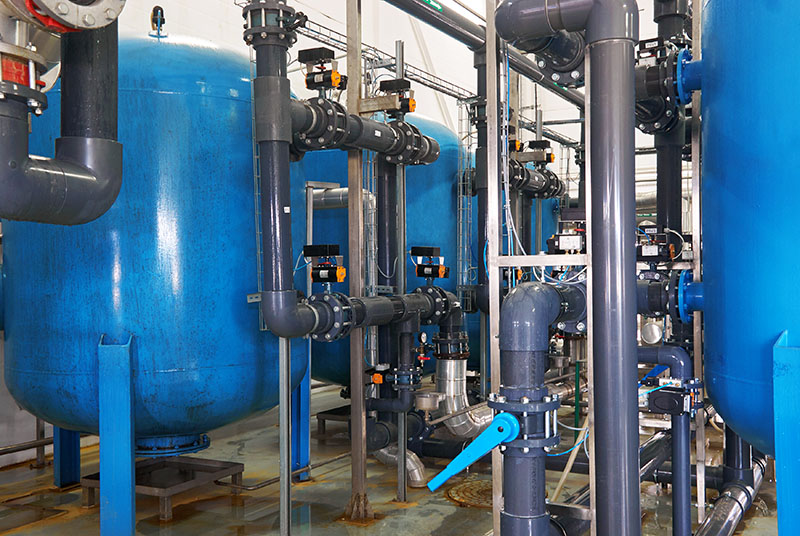...............................................................................................................................................................
Food
Poisoning News
Salmonella bacteria
are the most frequently reported cause of foodborne illness.
Every
year, an estimated 42,000 cases of
salmonellosis are reported in the United States, according to the Centers for Disease
Control and Prevention (CDC).
Since
sufferers don’t always seek treatment, a notable number of milder cases aren’t
diagnosed or reported.
Therefore,
the figure may be up to 29 times higher, making salmonellosis the second most
frequent foodborne illness in the country.
Salmonellosis,
the infection caused by salmonella bacteria, often results in acute
gastroenteritis, an illness that usually results
in diarrhea and/or vomiting due to severe inflammation of
the stomach and intestines caused by the bacteria.
Infected
individuals typically begin to experience diarrhea, fever, and
abdominal cramps 8 to 72 hours after eating contaminated food.
Other
symptoms occur less frequently, including headache, nausea, vomiting, joint
pain, and fatigue.
Illness
may last anywhere between 4 to 7 days so it is important you speak with a
salmonella lawyer as soon as you are able.
There
are over 2,500 serotypes of salmonella that can cause salmonellosis,
though three serotypes cause over half of all infections:
o
Salmonella Enteritidis
o
Salmonella Newport
o
Salmonella Typhimurium
o
Salmonella Mbandaka
How Do I Know If I Have a Salmonella Infection?
It
takes only 15-20 bacteria to cause a human being to develop a case of
salmonellosis.
It may
not seem like very much, but the bacteria multiplies at an alarming rate,
resulting in a sudden burst of symptoms that
include, but are not limited to:
o Gastroenteritis – this inflames your
intestines or stomach, disrupting regular bowel movements and digestion.
Gastroenteritis manifests itself through diarrhea, vomiting, and nausea. These
symptoms appear in as little as six hours after infection and last up to twelve
days.
o Bacteremia – instead of attacking your
intestines, the bacteria circulates within your bloodstream, leading to
infections in areas of the body other than the initial site of contamination.
o Typhoid fever – though rare in the United
States, typhoid fever still accounts for an estimated 8 percent of all
salmonella outbreaks. Pain, fever, abdominal tenderness, bloody stools, and
severe diarrhea are primary symptoms of typhoid fever.
A
definitive diagnosis cannot be not made from symptoms alone.
A stool
sample from the patient must test positive for salmonella infection. Laboratory
technicians then uniquely identify the salmonella culture.
Many
times, doctors will not order the test unless asked by the patient,
which contributes to the reason that about only 3 percent of cases
are officially diagnosed and reported.
If you
believe you came down with food poisoning and suspect negligence, either
on the part of a restaurant or manufacturer, reach out to a food poisoning
lawyer with experience in salmonella cases.
How Does Salmonella Spread?
Salmonella infections
– and outbreaks in particular – have a high cost not just in dollars, but in
human lives.
The
size of an outbreak is dependent upon the agent that caused it – the pathogen,
as well as the origin of the contaminated food and the number of people who
consumed it.
Though
salmonella can spread from person to person, the primary channels of
transmission can be categorized as follows:
Feces
Transmission
of the bacteria to humans most commonly occurs when people unknowingly eat
foods contaminated with animal feces.
Reptiles
are known to be particularly good hosts for the pathogen; therefore, experts
strongly recommend thorough hand-washing immediately after handling any
reptile, regardless of the animal’s health.
Food
Salmonella
can survive on raw meat and poultry if the product does not reach certain
minimum internal temperatures.
The
bacteria can also be spread by cross-contamination (i.e. when juices drip from
raw meats stored above ready-to-eat foods, such as salads, in the
refrigerator).
Despite
the historical association of the bacteria with meat and poultry, multiple
recent outbreaks have been linked to other food sources, including fresh produce.
The
organism also survives well on low-moisture foods such as spices, which have
been sources of large, widespread outbreaks.
Past
outbreaks have been linked to a wide range of products, including eggs,
cream-filled desserts, yeast, spices, cucumbers, poultry, cake mixes, tuna,
dried gelatin, sprouts, cocoa, coconuts, peanut butter (multiple times),
and various other fruits and vegetables such as cantaloupes, tomatoes, and
peppers.
“Fingers”
Cooking
often involves performing multiple tasks at the same time.
A food
worker may fail to wash their hands after touching a raw ingredient
that contains salmonella before touching another food that won’t be cooked.
In
addition, contamination can occur when an infected employee – even one who
might not be showing symptoms of salmonellosis yet – handles food.
This
illness does not discriminate. The channels of transmission are limitless,
infecting individuals of all ethnicities, age groups, and backgrounds.
Children
under five, individuals with compromised immune systems, and the elderly are
generally the most susceptible to salmonella infections.
Most cases
result from consuming contaminated food.
Since
the bacteria thrive in the intestines of many animals, meats are the most
commonly affected foods.
This
includes dairy products, such as eggs.
Someone
infected with salmonella may even contaminate the food when preparing it for
someone else, inadvertently spreading the illness.
Furthermore,
an estimated 10 percent of household pets carry the pathogen, which can cause a
salmonellosis outbreak.
How Can I Prevent Salmonella Infection?
The
most effective way to protect yourself and your family from salmonella is to
properly prepare your food and maintain good hygiene.
Washing
your hands frequently, cooking raw foods thoroughly before eating, avoiding raw
drinks, and keeping a clean house – especially if you have pets – are paramount
to preventing a salmonella infection.
Even if
you take the steps necessary to protect your family from infection,
contaminated food can still pose a serious threat.
If you
suspect that you or a loved one has been infected with salmonella, it’s
critical to contact your healthcare provider and receive care immediately.
Once
medical care has been administered, consult with a salmonella lawyer to learn
your available legal options as you may be entitled to compensation for your
injuries.
Food
Poisoning News is a website devoted to providing you with the most current
information on food safety, dangerous pathogens, food poisoning outbreaks and
outbreak prevention, and food poisoning litigation.











